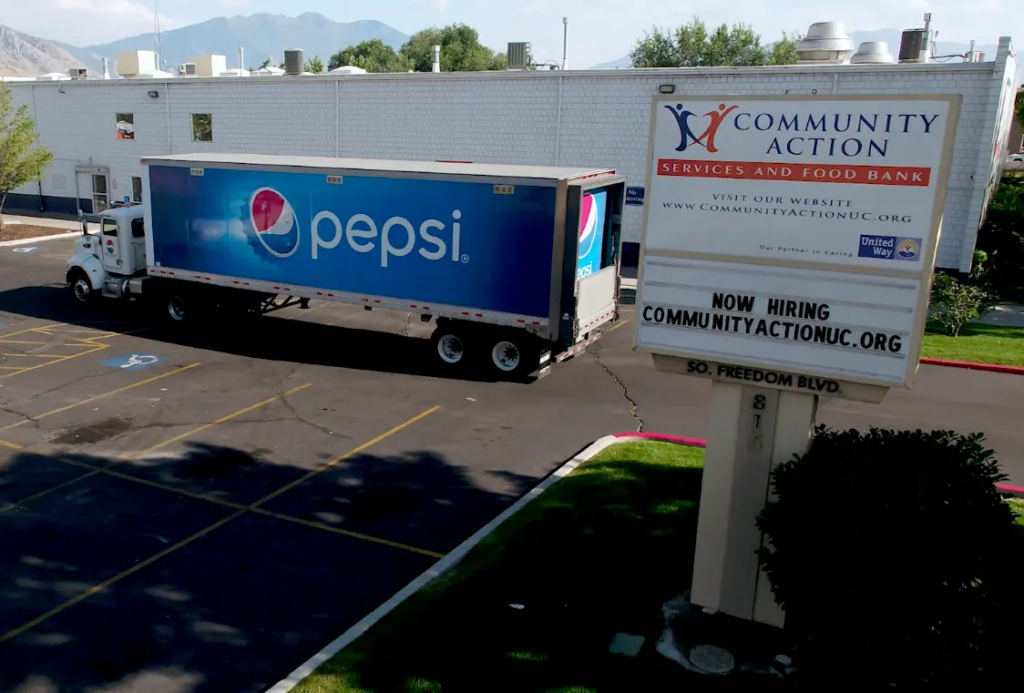The Donald M. Kendall Bottler of the Year Award was created in 1994 to honor the top independent Pepsi-Cola bottlers in the United States and Canada. We are proud to announce that our remarkable commitment to our people, community, and partnership with PepsiCo have earned us this recognition.


